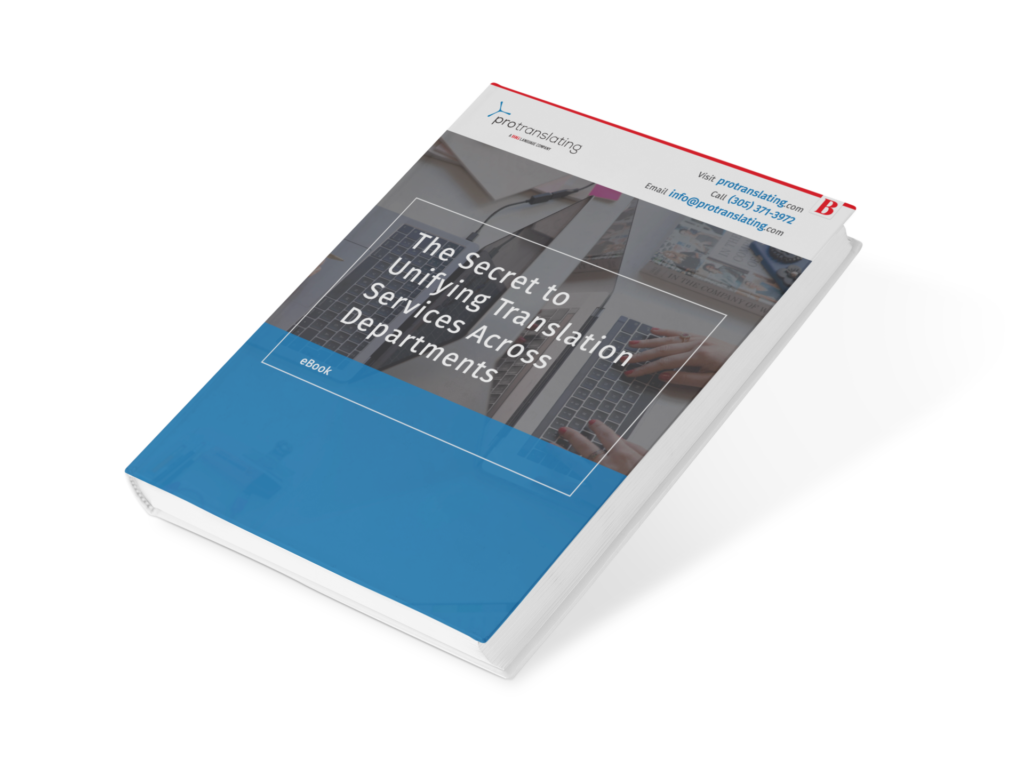Interpretation services transmit words spoken in a particular context from one language to another
Interpretations make oral or sign-language communication easier between non-proficient speakers of different languages. Interpreting may be consecutive or simultaneous.
The word ‘consecutive’ means following in order and implies a sequential train of events. In Consecutive interpretations, the interpreter acts as an intermediary who intervenes between speakers. When the source-language speaker pauses or has completed a statement or phrase, the interpreter renders the speaker’s message in the target language. Thus, speaker and interpreter take turns to speak.
Say you need to speak to a business associate in Spain who is not proficient in English. In this instance, an interpreter may be patched between you and your overseas colleague. After you have spoken, the interpreter will translate your English words and inflections accurately in Spanish so that your associate can receive your message in the way that you intend. When your colleague replies in Spanish, the interpreter will listen carefully and wait for her to pause before rendering her message to you in English.
For obvious reasons, this form of interpretation is also called ‘stop and start.’
Simultaneous interpreting is also known as the UN-style of interpretation. This type is generally used in conferences, meetings, and other multilingual settings where people need to understand and respond to each other in real-time. This form of interpretation is non-stop, and the interpreter must convey the speaker’s message into the target language as fast as possible. In simultaneous interpreting, the speaker is not interrupted.
Simultaneous interpretation usually requires a team of interpreters as well as specialized equipment. Experts seated in soundproof booths listen to and translate a speech into a microphone as they hear it. The audience receives the interpreted speech wirelessly through headsets.
Put simply, consecutive interpretation requires speakers to stop intermittently for the message to be conveyed by the interpreter, while simultaneous interpretation is continuous and the speaker is not disturbed.
There are no second chances or revisions in interpretation.
People across the globe are talking more to each other, but more communication can also lead to more confusion. When we speak, our words, our vocal expressions, and our body language must be aligned in a particular manner for our message to be properly understood. It is not surprising that most misunderstandings happen during verbal communication.
Interpretation is thus a very specialized art because words and their meanings must be transferred along with the tone and feelings of speakers.
Technology has made interpretations more accessible to everyone
Consider an elderly, Swahili-speaking lady with mild dementia is accidentally hit by a car in the US and is taken to the hospital for emergency surgery. The woman speaks no other language and carries no identification on her. The hospital calls an interpretation service, which is able to identify the language and in five minutes, the elderly lady is reassuring her anxious family on the phone via an interpreter.
The service above is known as phone interpretation, which is regularly offered around the world for people to communicate with others who don’t speak the same language.
Today, an interpretation service should also be able to deliver a cloud-based platform for remote real-time interpreting of streamed presentations, board meetings, or other similar events that occur virtually at multiple locations in a business environment that no longer thinks borders or languages are impediments to productivity.
The best interpretation services can also offer webcast interpretations, coordinating multilingual conference calls by supplying professional simultaneous interpreters who can tap into conference line providers, allowing clients to hold virtual company meetings and presentations in multiple languages.
Can Protranslating’s range of services satisfy all complex and challenging language needs that emanate from 21st-century business realities?
Our answer is an emphatic “Yes!”
With over 46 years of experience and as one of the most respected firms in the language industry, our dedicated team of more than 5000 people worldwide can serve every language-related need, however complex, in 200-plus language and dialect combinations.
Our deep industry expertise and old-school customer orientation are matched by our forward-looking predictive technology and our ISO 9001 and 17100 certified systems.
For interpretations, we offer the full gamut: our own state-of-the-art equipment including soundproof booths and wireless receivers to help manage costs, experienced teams of interpreters certified by the International Association of Conference Interpreters (AICC), multimedia technicians, and distribution assistants to ensure every international encounter is a success for every client.
We work with our clients from pre-event planning to providing, installing, and operating conference equipment. Along the way, we can also translate or transcribe any event materials as needed on-site. Our conference coordinators and planners are always present to assist our clients.
Translation, interpretation, or multi-media services—whatever your language requirement, Protranslating can provide high-quality solutions delivered on time, within budget, and with a smile.
Contact us for:
- 24 x 7 x 365 access to our services
- Personalized solutions
- Certified legal interpreters
- Borderless services anywhere in the world
- Solutions that suit your special needs
- Consecutive interpreting
- Simultaneous interpreting
- Interpreter escorts
- Over-the-phone interpreting (OPI)
- Remote simultaneous interpreting (RSI)
- Video remote interpreting (VRI)
Interpretation services transmit words spoken in a particular context from one language to another
Interpretations make oral or sign-language communication easier between non-proficient speakers of different languages. Interpreting may be consecutive or simultaneous.
The word ‘consecutive’ means following in order and implies a sequential train of events. In Consecutive interpretations, the interpreter acts as an intermediary who intervenes between speakers. When the source-language speaker pauses or has completed a statement or phrase, the interpreter renders the speaker’s message in the target language. Thus, speaker and interpreter take turns to speak.
Say you need to speak to a business associate in Spain who is not proficient in English. In this instance, an interpreter may be patched between you and your overseas colleague. After you have spoken, the interpreter will translate your English words and inflections accurately in Spanish so that your associate can receive your message in the way that you intend. When your colleague replies in Spanish, the interpreter will listen carefully and wait for her to pause before rendering her message to you in English.
For obvious reasons, this form of interpretation is also called ‘stop and start.’
Simultaneous interpreting is also known as the UN-style of interpretation. This type is generally used in conferences, meetings, and other multilingual settings where people need to understand and respond to each other in real-time. This form of interpretation is non-stop, and the interpreter must convey the speaker’s message into the target language as fast as possible. In simultaneous interpreting, the speaker is not interrupted.
Simultaneous interpretation usually requires a team of interpreters as well as specialized equipment. Experts seated in soundproof booths listen to and translate a speech into a microphone as they hear it. The audience receives the interpreted speech wirelessly through headsets.
Put simply, consecutive interpretation requires speakers to stop intermittently for the message to be conveyed by the interpreter, while simultaneous interpretation is continuous and the speaker is not disturbed.
There are no second chances or revisions in interpretation.
People across the globe are talking more to each other, but more communication can also lead to more confusion. When we speak, our words, our vocal expressions, and our body language must be aligned in a particular manner for our message to be properly understood. It is not surprising that most misunderstandings happen during verbal communication.







